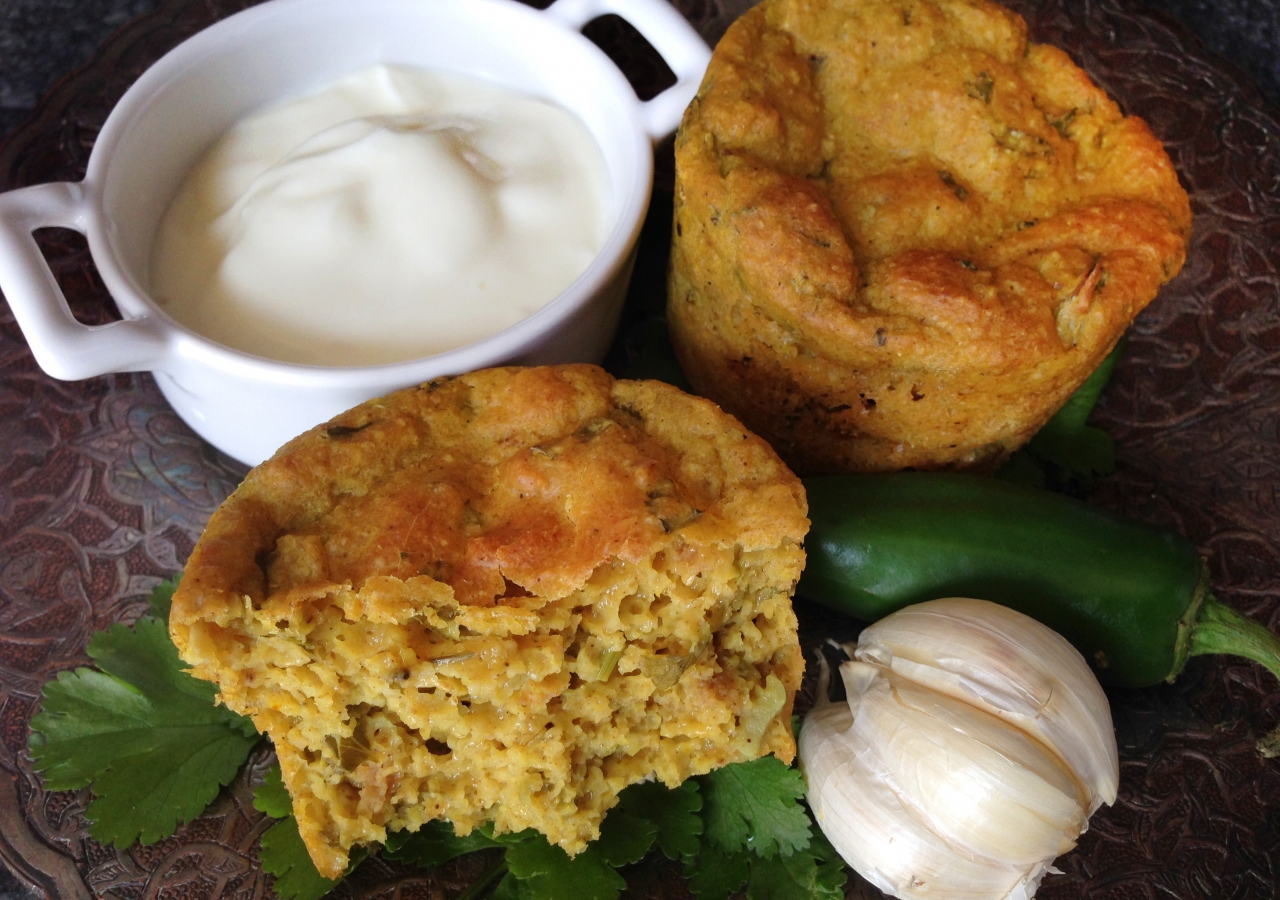Refined grains refer to grains that are not whole. meaning they are missing one or more of the three crucial parts (bran, germ, endosperm). The refining process of a grain removes about a quarter of the protein and at least half, if not more, of the other nutrients. Refined grains include white flour, white rice, white bread, and degermed cornflower. Many breads, cereals, crackers, desserts, cakes, and pastries are made with refined grains, as well.
Types of whole grains
Research shows that choosing whole grains and other less-processed sources of carbohydrates, and reducing consumption of refined grains, can improve health in several ways. There are many whole grains to choose from:
-
Barley
-
Brown rice
-
Buckwheat
-
Bulgur (cracked wheat)
-
Corn
-
Millet
-
Oats
-
Popcorn
-
Quinoa
-
Whole-wheat bread, pasta, or crackers
-
Wild rice
The best way to identify a whole grain is by looking at the nutrition label or the package. Be mindful that words like wheat, durum, and multigrain, can also appear on packaging but none of these words alone guarantee whether a product is whole grain or refined grain, so look at the first ingredient listed that should contain the word “whole” (such as “whole wheat flour” or “whole oat). Some food products are made from mixtures of whole grains and refined grains but only foods that are made with 100% whole grains are considered a whole grain food.
oats.jpg

Whole grains and diseases
Because whole grains are rich sources of vitamins, minerals, dietary fibre, phytochemicals, antioxidants etc., many studies show a connection between whole grain consumption and better health. Overall, several studies conclude that consuming two to three servings of whole grain foods daily will provide health benefits and reduce the risk of cardiovascular disease, hypertension, type 2 diabetes, colon cancer, and obesity.
Cardiovascular disease
Cardiovascular diseases are a leading cause of death in many ethnic groups, including South Asians. The evidence for the protective benefit of whole grains against cardiovascular disease is strong, as eating whole instead of refined grains considerably lowers total cholesterol, low-density lipoprotein (LDL, or bad) cholesterol, and triglycerides. A recent study investigating whole grain intake in relation to cardiovascular disease found that those who consumed 48 to 80 grams of whole grains daily (three to five servings) had a 21% lower risk of cardiovascular disease compared with non-consumers.
Type 2 Diabetes
The prevalence of diabetes mellitus type II has been rising over recent decades. Switching refined grains to whole grains and eating at least two servings of whole grains daily may help to reduce the risk of type 2 diabetes. The fibre, nutrients, and phytochemicals in whole grains may improve insulin sensitivity and glucose metabolism, and slow the absorption of food, preventing blood sugar spikes. On the other hand, refined grains tend to have a high glycemic index and glycemic load with less fibre and nutrients which are removed or altered during the refining process.
whole-grain-toast

Digestive health and colon cancer
The fibre in whole grains helps prevent constipation by keeping stool soft and bulky. The components of whole grains can have a positive effect on gastrointestinal health. These components may act together to protect against cancer and inflammation as well as provide immune support. Though the data on cancer are mixed, several epidemiological studies conducted in the United States and internationally have found a substantial reduction in the risk of colorectal cancer among individuals who consume the greatest amount of whole grains.
In conclusion, the majority of the studies conducted show a positive link between consuming whole grains and reduced risk of non-communicable diseases. There are several ways to incorporate whole grains into your daily meals and snacks. Pairing whole grains with vegetables or fortifying mixed dishes with high-fibre ingredients such as adding bran or oatmeal to a main course or adding cooked quinoa or wheat berries into a salad can help maximise benefits.
Here are some ways to increase whole grains in your diet….
-
Choose a fibre-rich, whole-grain breakfast cereal, oatmeal, or whole-wheat toast. Check the grams of dietary fibre per serving; more fibre will keep you feeling fuller for longer.
-
Choose whole wheat items when selecting breads, buns, bagels, tortillas, pastas, and rice.
-
Though rice is a common grain in South Asian cuisine, try different grains such as buckwheat, bulgur, couscous, millet, quinoa, sorghum, whole rye, or barley.
-
Enjoy whole grains snacks, such as unsweetened popcorn, 100% whole-wheat or rye crackers.
Suggested recipes from The Ismaili
Whole wheat spicy chicken spaghetti
Tilapia with brown rice and dill
---
Naureen Sajwani is a clinical dietician at the University of Chicago Medicine and a member of the nutrition portfolio of the Aga Khan Health Board for the USA.









